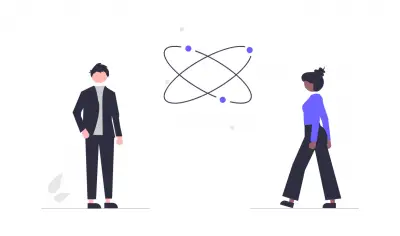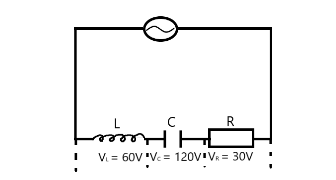
Physics Questions and Answers
If you want to learn more about the nature and properties of matter and energy or you're simply preparing for a Physics exam, these Physics past questions and answers are ideal for you.

If you want to learn more about the nature and properties of matter and energy or you're simply preparing for a Physics exam, these Physics past questions and answers are ideal for you.
Which of the following liquids has the highest surface tension?
Soapy water
Water
Mercury
Oil
Correct answer is C
Surface tension is the force that acts on the surface of a liquid, tending to minimize the surface area. It is caused by the cohesive forces between the molecules of the liquid. The stronger the cohesive forces, the higher the surface tension.
Mercury has the highest surface tension of all the liquids listed. This is because the atoms of mercury are very close together, and they have a strong attraction for each other. This strong cohesive force results in a high surface tension.
Which of the following is NOT a limitation of experimental measurements?
Systematic error
Instrument resolution
Random errors
Human error
Correct answer is B
Instrument resolution is not a limitation of experimental measurements. It is the smallest change in a measured quantity that can be detected by an instrument. While instrument resolution limits the accuracy of a measurement, it is not a limitation of experimental measurements itself.
The stopping potential does not change.
The stopping potential decreases.
The stopping potential can either increase or decrease, depending on the intensity of the light
The stopping potential increases.
Correct answer is D
The stopping potential is the voltage that is required to stop the emitted photoelectrons from reaching the anode. When the frequency of the light is increased, the kinetic energy of the emitted photoelectrons also increases. This means that a higher stopping potential will be required to stop the photoelectrons from reaching the anode

81
67
59
73
Correct answer is B
\(V_L\)=60 V ,\(V_C\) = 120 V , \(V_R\) =30V
;V = ?
; \(V^2\) = \(V_R^2\) + \(V_L\) - \(V_C^2\)
= \(V^2\) = \(30^2\) + \(60 - 120^2\)
= \(V^2\) = 900 + 3600
= \(V^2\) = 4500
= V = √4500 = 67V
Which of the following is a type of incandescent light source?
Fluorescent lamp
LED lamp
Tungsten filament lamp
Neon lamp
Correct answer is C
An incandescent light source is a type of light source that produces light by heating a material until it glows. The material that is heated is usually a metal, such as tungsten. Fluorescent lamps, LED lamps, and neon lamps are all examples of non-incandescent light sources.
Fluorescent lamps produce light by passing an electric current through a gas, which causes the gas to emit ultraviolet light. The ultraviolet light then causes a coating on the inside of the lamp to fluoresce, which produces visible light.
LED lamps produce light by passing an electric current through a semiconductor material, which causes the material to emit photons. The photons then produce visible light.
Neon lamps produce light by passing an electric current through a gas, which causes the gas to emit visible light.